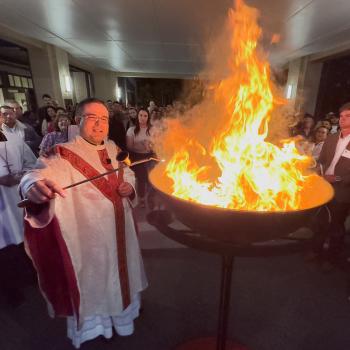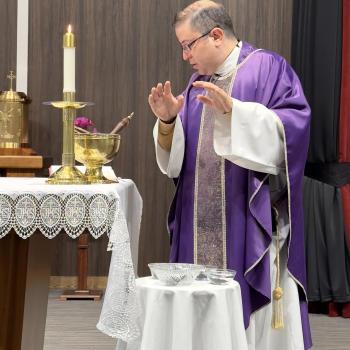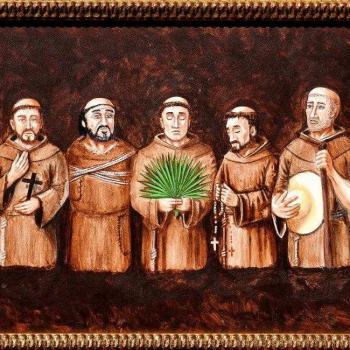Saint Teresa of Avila (1515-1582) is best known reforming the Carmelite Religious Order in the 16th century by founding the Discalced Carmelites and writing the spiritual masterpiece The Interior Castle.
After spending thirty years at the Monastery of La Encarnacion in Avila, Spain, three of those years as prioress, Teresa founded the Monastery of San Jose for the Discalced Carmelite Nuns of the Primitive Rule of Saint Joseph in 1562. Saint Teresa believed the religious of the Carmelite Order had become too complacent and lived too comfortably. The communities were too large making it impossible for the sisters to know each other and to live true community life. Some religious had servants and lived in large cells with private kitchens. Teresa chose to leave La Encarnacion to begin something new with the help and encouragement of her confessor Saint John of the Cross, who founded the Discalced Carmelite Order for men.
Saint Teresa gained ecclesiastical approval for her new foundation and in a relatively short amount of time founded Discalced Carmelite communities throughout the Spanish kingdom.
While at La Encarnacion, Saint Teresa experienced the transverberation, the piercing of her heart by a heavenly creature. She had a tremendous mystical experience since the transverberation caused her to enter into ecstasy. She describes this experience in her own words, here taken from Life of Saint Teresa, chapter XXIX:
“I saw an angel very near me, on my left side, in a corporeal form, which is not usual with me. He was not tall, but rather little, and very beautiful; his face was so inflamed, that he seemed to be one of those glorious spirits who appear to be all on fire. I saw that he had a long golden dart in his hand, and at the point there seemed to me to be a little fire: I thought that he pierced my heart with this dart several times, and in such a manner that it went through my very bowels; and when he drew it out, it seemed as if my bowels came with it, and I remained wholly inflamed with a great love of God. The pain thereof was so intense, that it foreed deep groans from me; but the sweetness which this extreme pain caused in me was so excessive, that there was no desiring to be free from it; nor is the soul content with anything less than God. This is not a corporeal but a spiritual pain. It is so delightful an intercourse between the soul and God, that I beseech His goodness to give some taste of it to him who may imagine I do not tell the truth.
Today both Carmelite communities of La Encarnacion and San Jose are active cloistered monasteries. La Encarnacion has twenty-nine sisters and they are surprisingly a young community. The spirit of Saint Teresa continues to thrive in her foundations as the Holy Spirit continues to do His work through the prayers of these holy women dedicated to prayer alone. They have courageously renounced the world to devote their lives to God alone since, as Saint Teresa wrote, God alone is enough. The sisters say that while the world is on its feet, they are on their knees.

















